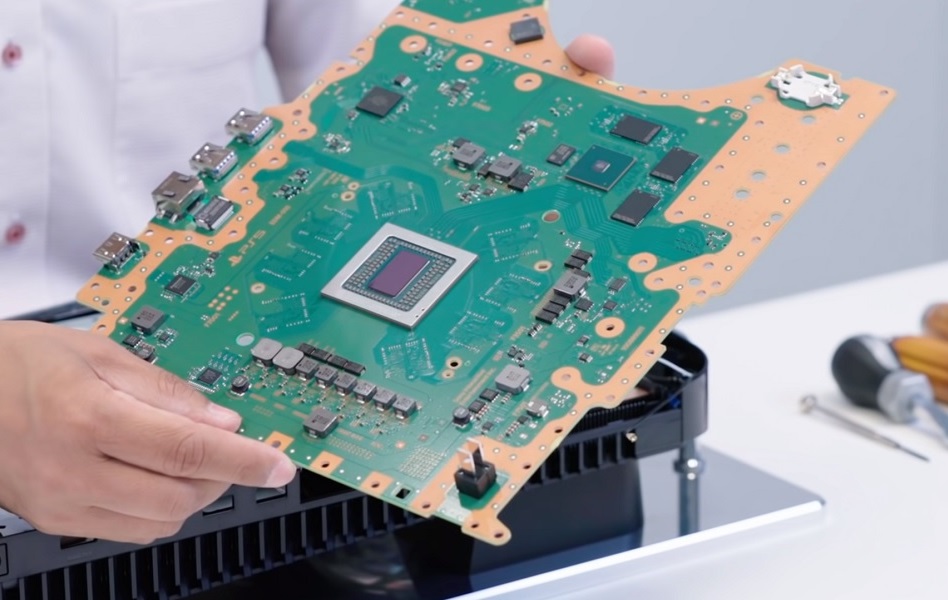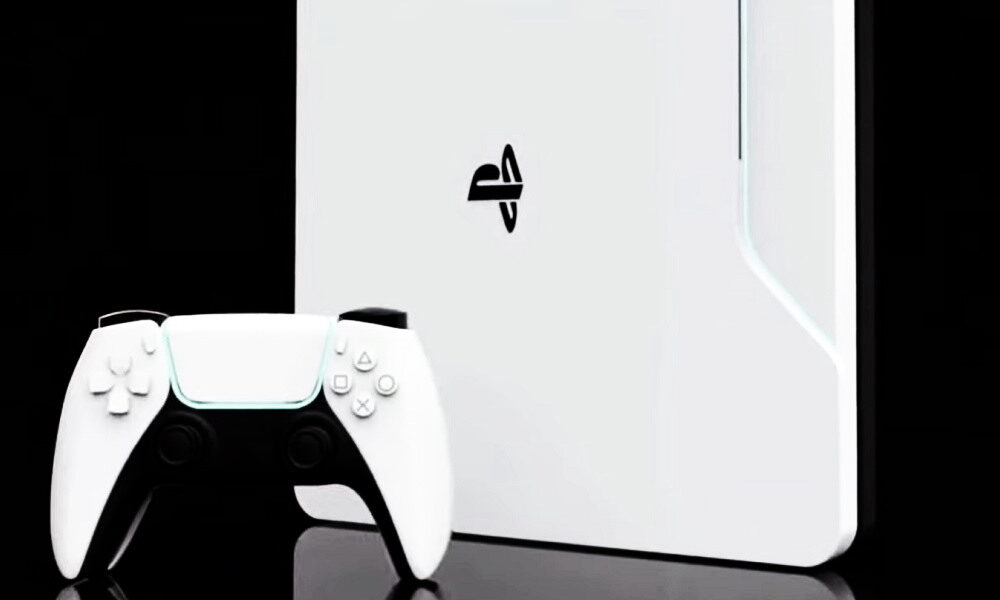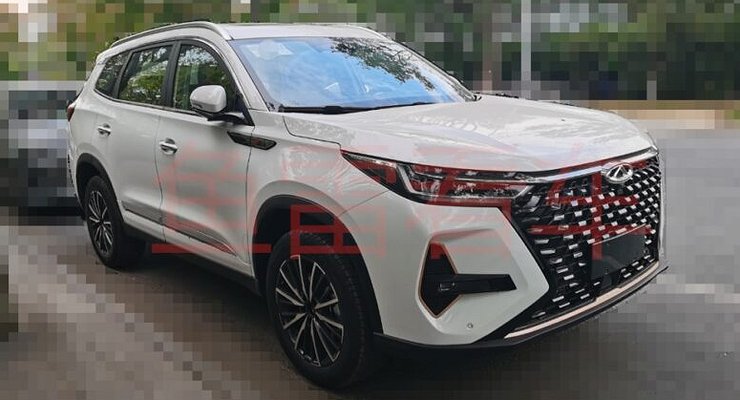The launch of the PlayStation 6 is no longer a mystery, Sony itself has dropped that this next generation console could arrive in 2028, within 6 years, a date that makes a lot of sense as it equals the total period eight years since the launch of the PS5console which, as many of our readers know, arrived at the end of 2020.
Logically, we still don’t have details on a technical level or know the possible specifications that the PlayStation 6 will have, but seeing the trend that the sector has followed in recent years and the decisions that Sony has made with the PlayStation 5 we can derive five keys which will be present on this console and which will undoubtedly define a new generation.
Let’s stop for a moment and analyze the evolution that the console world has experienced in the last three generations. The PS3 and Xbox 360 were the last two models with highly customized and specific hardware that had no direct equivalent on the PC, and were also the last to use Separate CPU and GPU in different packages.
The PS3 had a IBM CELL processor and with an NVIDIA RSX-CXD2991 graphics unit, which was a custom version of the GeForce 7900 GT. It also had dedicated XDR and GDDR3 memory. The Xbox 360 used a PowerPC CPUs and one Xenos Xenon GPUwhich was the first of its kind to jump on the “early” unified shader design bandwagon.
PS4 and Xbox One represented a radical change because they decided to a design much closer to that of a conventional PC and used an APU to keep costs down production, an approach that was maintained with the PS5 and Xbox Series X and will no doubt be repeated with the next generation of consoles, tentatively known as the PlayStation 6 and Xbox Series Next. With this clear we will enter fully to see them five keys that, although not confirmed, make a lot of sense.
1.-PlayStation 6 will repeat the APU based PC type design

And he said that APU will be AMD’s solution again, I fully believe that. With the APUs used in the PlayStation 5 and Xbox Series, Sunnyvale has shown what it can offer Powerful, economic and efficient solutions in terms of heat and consumption. By all standards, this approach is the most profitable for Sony, and it makes no sense to think about a possible jump to a design with separate CPU and GPU or a change of manufacturer, i.e. a jump to Intel or NVIDIA.
with playstation 6 again we will see the CPU and GPU sharing encapsulation configuration. This will also reduce costs and take up less space on the printed circuit board. On the other hand, we must not forget the repetition PC-like design is key to maintaining the current development modelbased on standardized sets that facilitate the work of developers and simplify the optimization process.
On the other hand, the PC-like design too it will still be very easy to port PlayStation 6 games to PC, and should simplify backwards compatibility between this console and the current generation. Going Intel or NVIDIA could make things very complicated on both fronts, which is why I’m sure it won’t happen.
In this matter, it is also necessary to take into account that NVIDIA does not have a really interesting alternative to AMD APUs on the market. Yes, we could talk about the Orin SoC, but the GPU performance that this chip anchors is more or less on par with the GeForce RTX 3050 Mobile, which means that it’s worse than the PS5 GPU APU.
2.-PlayStation 6 will once again prioritize GPU over CPU

We’ve already seen this with the PlayStation 4 The GPU dominated the pack, both for the space occupied and the power supply, and it is that the said element was much better than the humble Jaguar processor that mounted the said console. This reality was repeated with the PlayStation 5 and we will see it again with the PlayStation 6.
It’s not a difficult topic to understand, consoles are after all specialized video game systemsand this specialization, along with the limitations that APUs present in terms of thermal headroom, power consumption, and silicon space, forces you to prioritize resources and place more weight on the GPU, as it is ultimately what will have the biggest impact on gaming performance.
The PlayStation 6 will use next-generation Radeon GPUs and it will occupy most of the available silicon-level space and available power and thermal resources. It’s still too early to talk about architectures, but given the data and development pace AMD has maintained, I think it’s likely that the PlayStation 6 GPU is between two and three generations above Radeon RX 7000.
If this prediction comes true, we will be talking about the RDNA5 or RDNA6 architecture and a next-generation manufacturing node that could go below 3nm. Ultimately, using such a low node would improve energy efficiency and performance, but it would mean increasing the density of transistors in a very small space and that would complicate the cooling tasks, as more heat would be produced on a smaller surface and it would be necessary to speed up heat transfer. It’s something we’ve already seen with the Ryzen 7000.
3.-PlayStation 6 will be better prepared to work with ray tracing

There is no doubt that ray tracing has stopped being the future of video games and has become the present. Both PlayStation 5 and Xbox Series X have cores capable of accelerating said technology, but the performance they offer not really up to parand this is evident in both the performance and the limitations that developers have to accept when implementing said technology.
Dying Light 2 is one of the best examples, as the said game barely moves in 1080p at 30 FPS when ray tracing is enabled, and ray tracing is limited to shadows and ambient occlusion, while on PC it is also used in ray tracing. and lighting. The difference that ray tracing makes is very bigand it is clear that current consoles are not able to work optimally with this technology.
This reality should change completely with PlayStation 6 and Xbox Series Next. When the next generation of consoles is released Ray tracing will already be a standard in the world of video gamesand having specialized hardware capable of running this technology smoothly will be a basic requirement on both consoles.
AMD has greatly improved ray tracing performance with its RDNA3 architecture, so we have reasons to be positive and to think that the next generation of consoles will be on another level in this regard. Bottom line, we have to be realistic and be clear that we are ultimately talking about an APU, i.e. a CPU and GPU solution in the same package, and therefore we should not expect the performance corresponding to a separate CPU and GPU configuration.
4.-PlayStation 6 will use the new generation of AMD FSR rescaling

The FSR 2.1 is already a reality in Cyberpunk 2077 for PS5, Xbox Series X and Xbox Series S, and the results that CD Projekt RED achieved with this upscaling technology were quite good, both in terms of performance and the impact it had on image quality, which was greatly improved and also limited graphical glitches in complicated elements such as hair.
This first showing of FSR 2 is just a prelude to what’s to come. Consoles have been resorting to rescaling for some time nowand dynamic resolution, improve performance and try to minimize the loss of image quality, and this AMD technology is undoubtedly a very interesting solution that allows developers to raise the bar without too much effort.
Scaling means render at a lower resolution than the target and “fill” the pixels which were not rendered using different techniques. FSR 2 is a rescaling that uses spatial and temporal techniques, and although it does not reach the level of NVIDIA’s DLSS 2, it is able to offer a significant improvement over other previous rescaling techniques, it is cross-platform and free.
I’m pretty sure with the release of PlayStation 6 and Xbox Series Next we will see the implementation of new generation AMD FSR technology. I can’t specify anything beyond what I said because there are still six years left and since that time is more than enough for AMD to release several major revisions of said technology, so now we can only wait. Overall, it’s clear that the quality and performance improvements it will offer will be much greater than what we have with the current version.
5.-PlayStation 6 will have more memory and faster storage

It is clear that the next generation consoles will have a larger amount of unified memory as well as faster storage units. With the PlayStation 4 and PlayStation 5, the amount of unified memory has since doubled the first one had 8GB and the second one comes with 16GB. It also improved bandwidth by jumping from GDDR5 memory to GDDR6 memory.
I’m going on that basis, I think it’s the most likely The PlayStation 6 is equipped with a unified memory between 24 GB and 32 GBAlthough I lean more towards the second option. This configuration will allow the development of video games with larger, more complex and richer worlds, and also opens the door to the use of higher quality textures.
keep the layout unified memory it will continue to be the model to follow because it is the solution offers better results developers. They can choose how the amount of memory they have available for games is distributed, and the CPU and GPU can access it without the limitations of the classic distinction between RAM and VRAM that exists in computers.
As for the storage unit, we don’t expect a big increase in total capacity, but we could wait noticeable jump in transmission speedbecause we’re talking about a 2028 launch and storage units until then PCIe SSD with a speed of more than 10,000 MB/s They will already be standardized.
Moving from PlayStation 4 to PlayStation 5 it goes very slowly and I don’t think this situation will change with the arrival of the PlayStation 6, especially if Sony releases a “Pro” revision of the current model, configured with a more powerful APU and with a little more unified memory. I’ve already told you about the possible PlayStation 5 Pro, and the latest information I’ve had the chance to see continues to point to 2024 as a release date.
With that in mind, we can almost take it for granted that even if the PlayStation 6 ends in 2028, the lifecycle of the PlayStation 5 and PlayStation 5 Pro It will end in a few yearsAt least, which is exactly what is happening in the current generation, where the PlayStation 4 and Xbox Series still have a strong presence in the development of new games thanks to their huge user base.


















